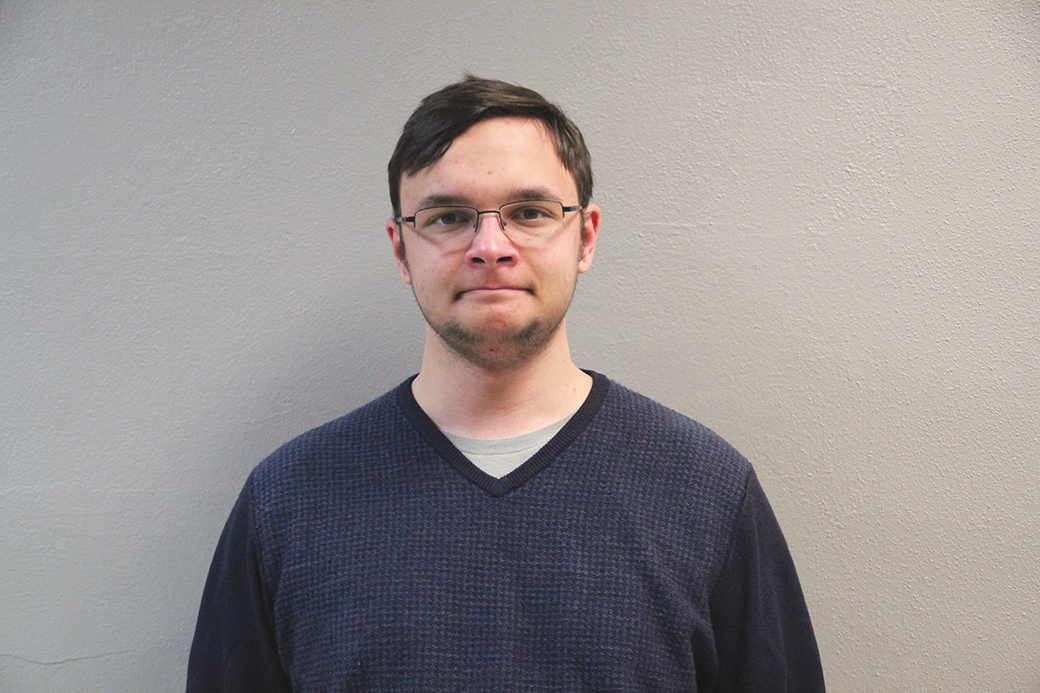
Too much money spent on college athletics and not on real academic purposes
USD spends too much money on athletics when it could be putting that money towards academic pursuits.
According to the USD 2014-2015 academic year report, the USD athletic program’s revenue was more than $12 million in the 2014-2015 academic year, with more than $7 million coming from USD funding and more than $1 million of that coming directly out of the pockets of students.
The rest of this revenue comes from “external sources.” The USD athletic program then spends about 34 percent of this money paying its employees and another 29 percent going to scholarships.
This financial burden affects students greatly, and less than one third of it goes back to those students in any way, not to mention the scholarships supporting student athletes are supporting students who are set up to fail.
I find it appalling that the athletic program is such a financial burden on students who hold their academic achievement as a priority, yet produces little in the way of financial benefit for them.
The few students who benefit financially are less likely to do well in their academic course work. According to a study conducted by the College Sports Project in 2010, college athletes have a lower grade point average than their non-athlete counterparts. Student athletes are set up to fail because sports take a significant portion of their time, which leaves less time for school work. Financial support of this scale is a waste of valuable funds.
Publicly subsidized universities are designed to educate the citizens of this country with the understanding that a more educated society can produce goods and services in an economy more efficiently: therefore publically subsidized schools are a socialist idea. Athletics shouldn’t be such a large part of this socialist equation. The athletics program takes funds away from the public and students, and puts them towards sports, something a large part of the public doesn’t value.
Sports are part of our culture, and can be an important economic force, but they should be mostly in the private sector and not funded by the public.
This is the model we use for baseball, which is the most popular sport in America. We let the private sector determine how much it values baseball and we let the athletes move up through the ranks of the sport in teams that are privately owned. Though there are some college teams, most players are recruited from high school. In spite of the fact that the private sector model works for baseball, people still see it necessary to spend copious amounts of public money on college sports.
USD should put less money towards athletics because it takes valuable funds away from academics and puts financial burdens on the student body, while providing little benefit to them. Sports are not something all of the public values or benefits from, and therefor should be mostly in the private sector and not funded by a public university.
